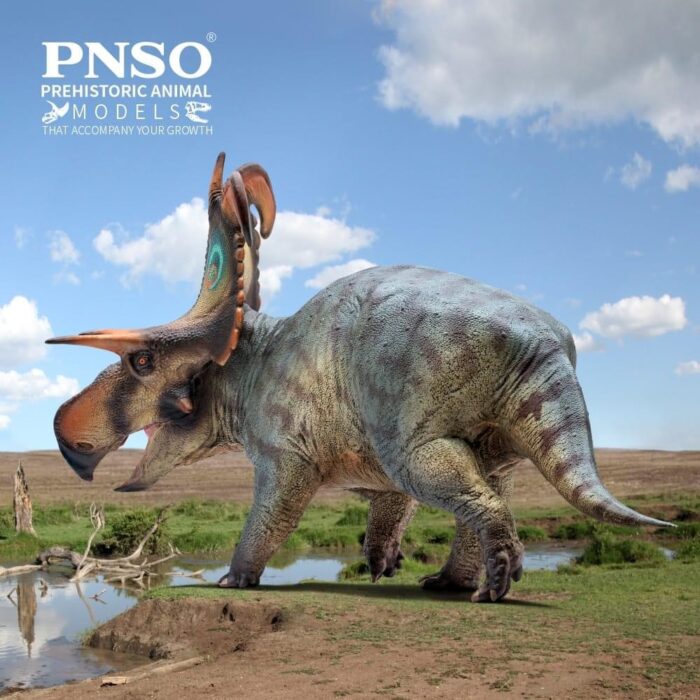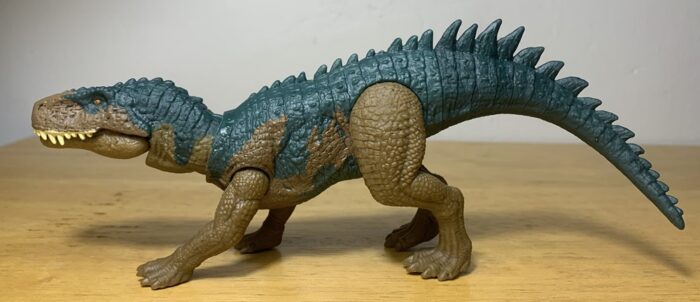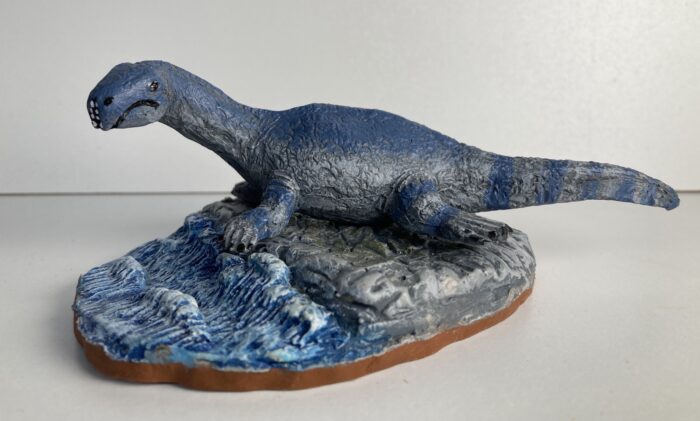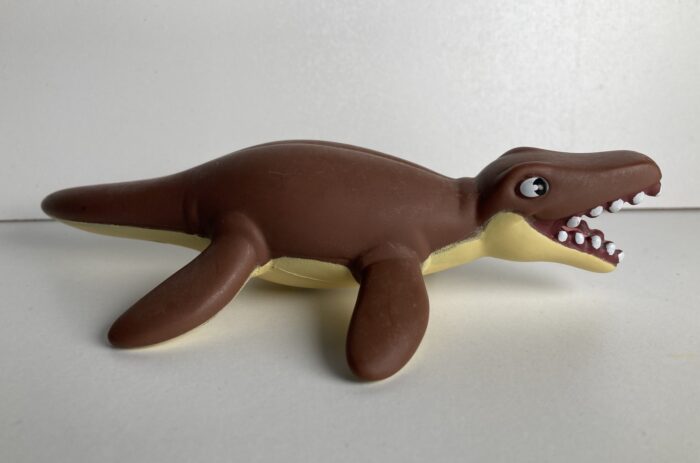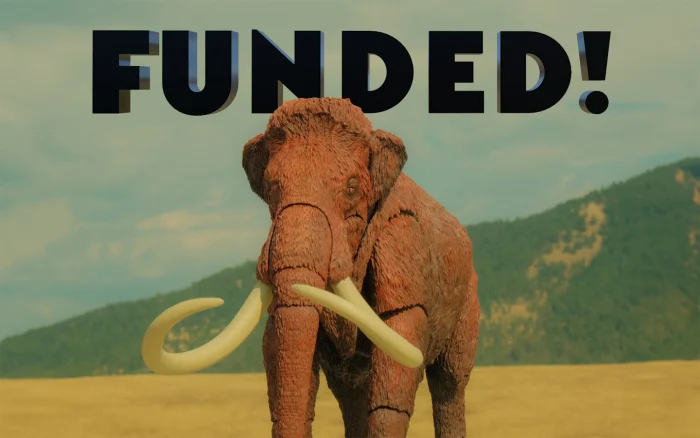Heil, Frederik the Lokiceratops! This is the very first toy of the species, which was only announced to the world back in the summer of this year. The Norse god of mischief would be amused by that fantastic frill!
Review: Rauisuchus (Jurassic World: Chaos Theory, Epic Evolution Danger Pack by Mattel)
Review: Iguanodon (Margarinefiguren by Wagner)
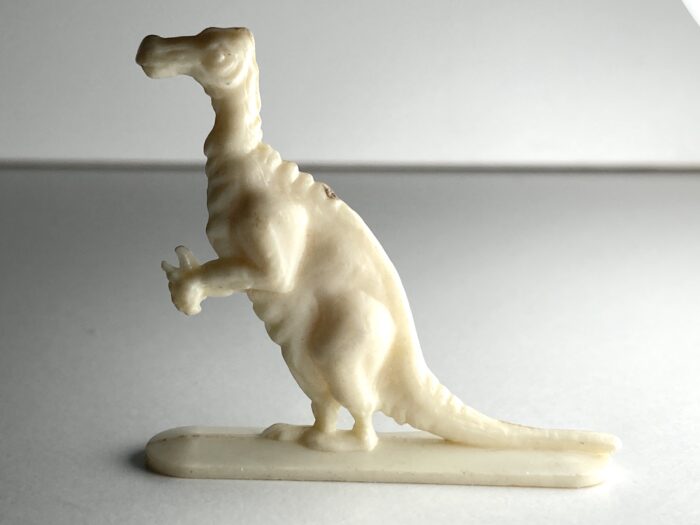
Sometimes in our clamour for the most spectacular, expensive, hot new dinosaur figures, we can forget there’s still plenty of joy to be found in plain, cheap, cool old dinosaur figures. And you can’t get cheaper than free! The German Margarinefiguren, or Margarine Figures, by Wagner, came free with packets of ‘butter’ (and maybe other products, I don’t know) in the 1950s.
Review: Atopodentatus (version 1) (Paleo-Creatures)
Review: Kronosaurus (‘daddy’/Kronos)(Dinosaurs and Friends by De Agostini)
Review: Kentrosaurus (Jurassic World Dino-Trackers, Captivz Build N’ Battle Dinos by ToyMonster)
Review: Megaraptor (Haolonggood)
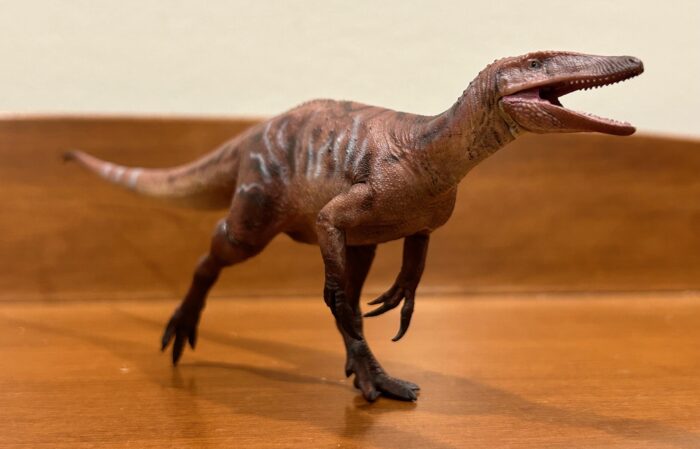
Unlike most other prehistoric toy companies, the vast majority of Haolonggood’s dinosaurs have been herbivorous ones thus far. And the carnivores that they have tackled are mostly genera that have already been done by many of those same other companies: Allosaurus, Baryonyx, Carnotaurus, Daspletosaurus, Dilophosaurus, etc.
Review: Irritator (Jurassic World Dino Trackers Wild Roar by Mattel)
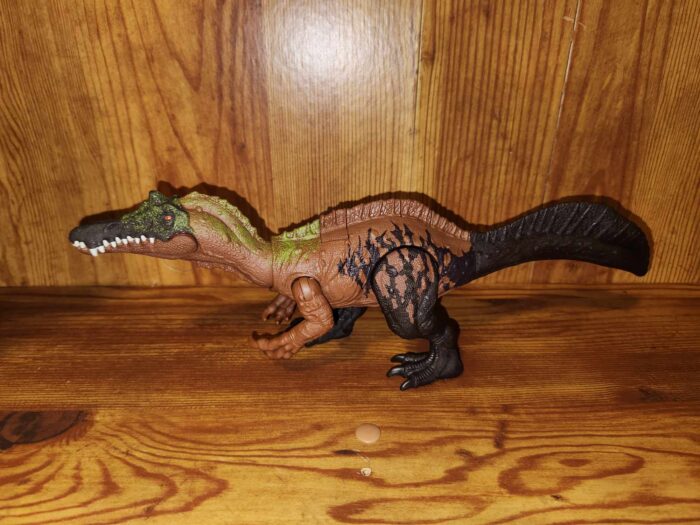
Last year was an exciting year for Irritator! Not only did we get two new figures by Mattel, but we also got a new study looking at the jaw articulation of Professor Challenger’s Irritating creature from Brazil! Join me, Emperor Dinobot, as we look at one of the most interesting figures Mattel has given us thus so far, barring the lack of accuracy and focusing on the artistic license given to this swampy animal!
News: Upcoming releases from Mattel (New for 2025)(Pt.2)

Among the Jurassic World toys for next year are these four from the Danger Pack series. First up is a repack of the 2022 Ferocious Pack Dimetrodon.
Next up, a repaint of the 2022 Dsungaripterus.
Here’s where it gets really interesting: Lophostropheus, a French coelophysoid that lived during the boundary between the Late Triassic and the Early Jurassic.
Review: Stegosaurus (Haolonggood)
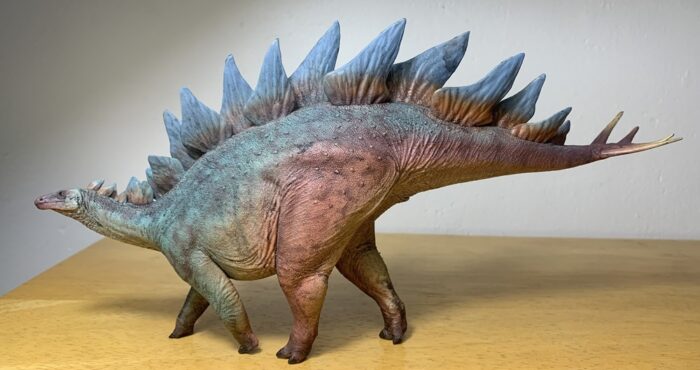
I’ve been in the dinosaur collecting hobby for about 14 years now and this hobby has evolved rapidly within that time. In 2010 most collectors were content to just get good models of their favorite genera. Nowadays, a figure of a genus isn’t enough, collectors want dinosaurs identifiable at the species level.
News: Creative Beast/Eons Prehistoric Elephants Backerkit Campaign Successful!
News: Upcoming release from Eofauna (New for 2025)(Pt.3)

For the first time in their history, Eofauna will be releasing a grand total of three toys next year. Check out this Columbian mammoth!
Very nice. The distinct lack of fur (save for perhaps a little on the cranium, it’s hard to tell) makes it stand out from Eofauna’s first proboscidean, the steppe mammoth.

